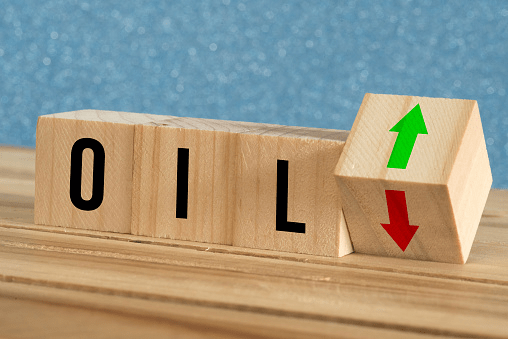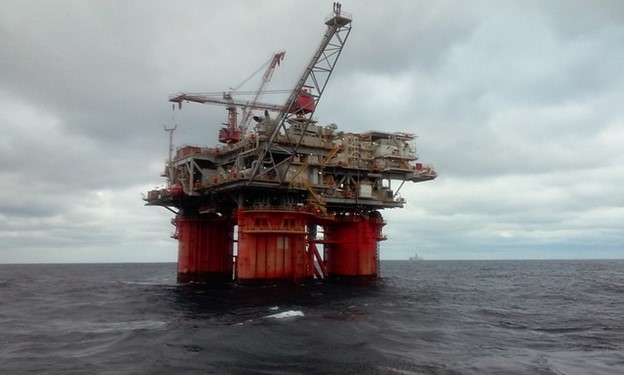The National Central Bank of Spain (ECBS) predicts the emergence of new geopolitical tensions in the Middle East could affect world oil production. Estimates are from 0.8 % and 4%. Consequently, it would be reflected by the rise of the price of a barrel of crude oil in the first month. In the adverse scenario, a maximum of oil would reach 38 dollars. Additionally, it would count 6 dollars in a moderate situation.
Supply and demand factors determine the evolution of oil prices. In recent months the weakness of world oil demand showed a strong link to the slowdown induced in China by the coronavirus crisis. It tended to depress the prices of this raw material. 
The dynamics are derived from the cyclical fluctuations of the economy. Additionally, the price of oil is regularly affected by geopolitical events. In particular, by conflicts linked to the Middle East, among others. These tensions increased in frequency recently.
The oil production dropped 800,000 barrels per day (bp / d), 0.8 % of world production. It is equivalent to the combined current exports of Iran (about 300 bp / d) and northern Iraq (an additional 500 bp / d).
ECBS estimates that, in the adverse scenario, the disturbance will affect 4 % of the global oil production. The price of a barrel of crude oil may boost in the first month by a maximum of $ 38 in an adverse scenario and $ 6 in the average. Concerning this, in six months, the average increase in the prices would be $ 20 in the adverse scenario and $ 4 in the moderate.
Mitigating factors
However, ECBS clarifies that the estimates result from common historical patterns. Still, there is evidence that the price sensitivity of oil to supply and demand shocks could be lower today. The mitigating factors noted above could now be acting with higher intensity.
These factors include the high surplus capacity in OPEC, currently estimated at 3.4 million barrels/day. Levels of global inventories and strategic reserves are equivalent to about 92 days of world production for the countries of the Organization for Economic Cooperation and Development (OECD). Additionally, since 2011, the production of crude oil in the United States (shale oil) has made this country the world’s leading producer, surpassing Saudi Arabia and Russia.
The last factor played an increasing role in the evolution of the price of oil in the previous decade. Compared to the production of traditional crude oil, shale oil has a much smaller period of investment and maturation. It creates disturbances that tend to raise the price of crude.
However, the Bank of Spain thinks that the medium-term will offer stability in prices. Consequently, price increases will tend to lead to rapid drilling of new wells in less than six months. In addition, the bank adds, the productivity of North American producers has increased considerably since the end of 2015.















